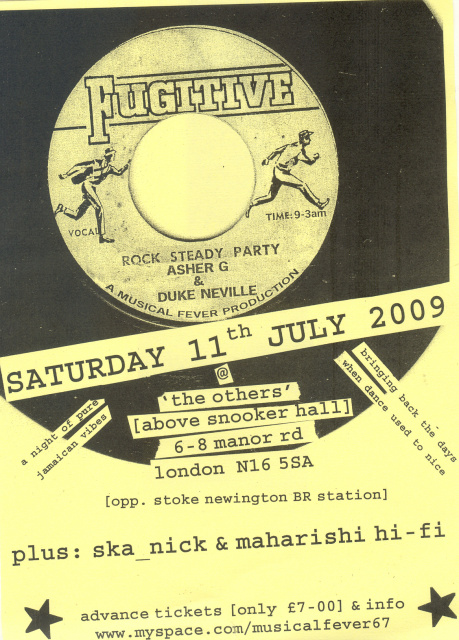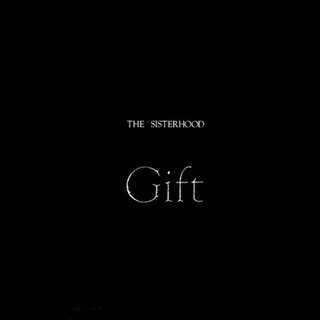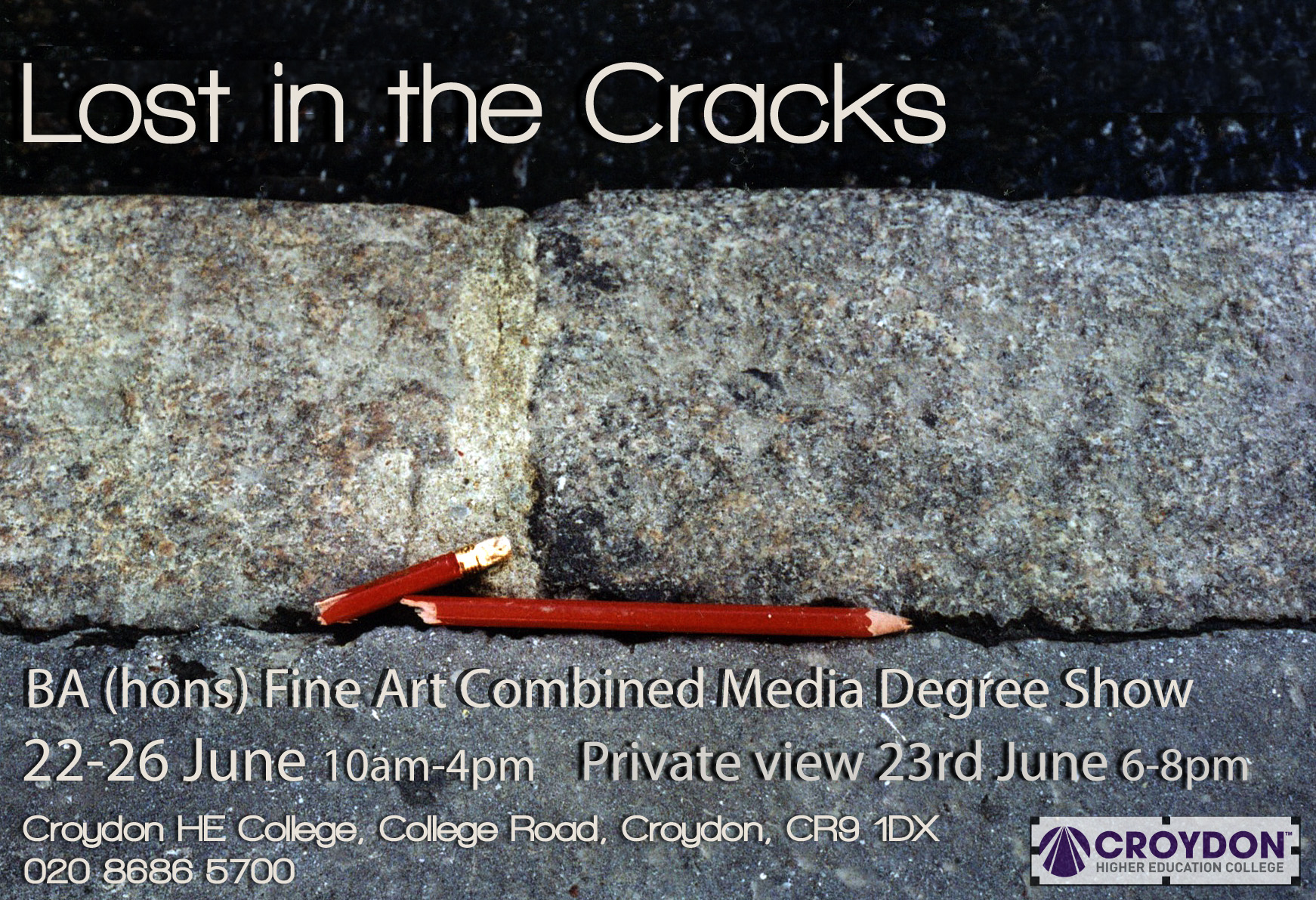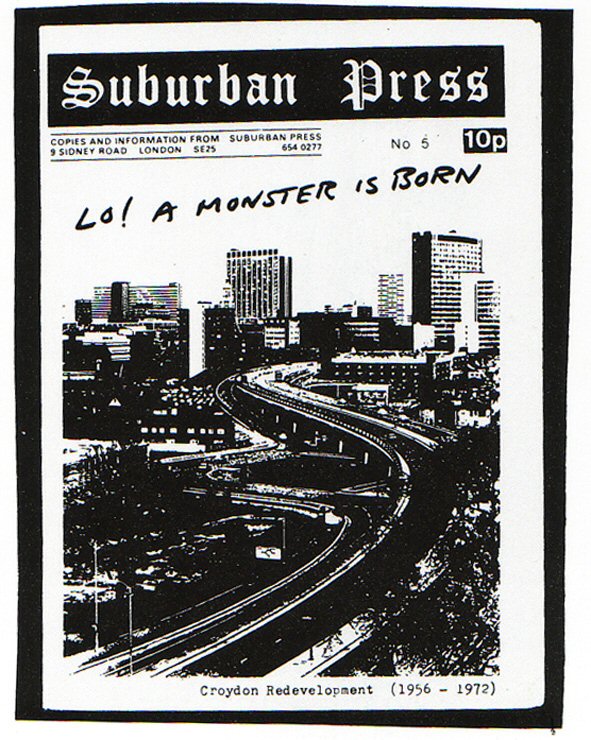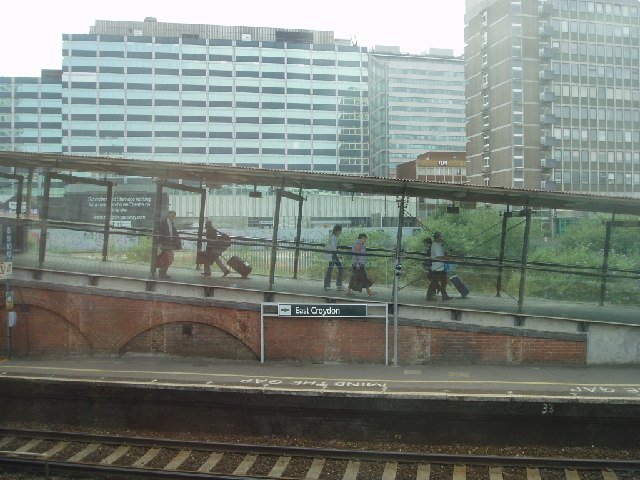more Chart Show
http://www.youtube.com/watch?v=vR09DX2onjo
Kind of amazed that they also used to do a reggae chart – check this out from 1986!
Apparently the reggae chart only ran from April to September 1986. I have no idea what the selection criteria were, but I’m guessing that actually having a video was more crucial than sales. It would be an unusual chart which featured both King Kong and UB40, I think – not much crossover in their respective markets.
Boris Gardiner’s video is awesomely cheesy and has includes some nice shots of eighties West London.
Moses on the Blood and Fire forum found this clip for me on Youtube. It seems to be the only one on there. In fact, the general consensus is that there weren’t very many of these broadcast. So if anyone else remembers the reggae chart or can post more on youtube, then please let me know!
See also this post compiling links to printed reggae charts from 1976-1999.
Musical Fever N16 Sat July 11th
the ninth gig I can remember going to
Click here for a complete list of entries in the series “the first 23 gigs I can remember going to”.

9) The Mission, Brixton Academy 28/03/1987
Goths. There, I’ve said it.
The Mission were goth drop outs – taking the subculture’s hippy undercurrent to its logical conclusion after being booted out of The Sisters of Mercy. In fact, listening to their stuff again, it seems to me that they had more in common with Marillion than Siouxsie and the Banshees or Bauhaus. But they and their fans still clung to the black trousers, black leather jacket thing. And that dance where everyone threw both their arms up in the air at a musical climax.
Having illegally downloaded their first album and a couple of early singles I am hard pressed to defend The Mission musically, let alone lyrically:
Let me come inside your ivory tower
Let me come inside your hallowed walls
God, it’s heaven in here
Fix me with your hand of praise
Fix me with your touch of precious thrills
Your fingers dance across my skin
Reaching out for the pride of man
It’s all “dancing on glass” and “there’s a crystal view from my window” and (wtf?) “The treasured first fleeting touch of a gracious stranger”. And boshing drums and jangly guitars.
The album commences with singer Wayne Hussey declaiming “I still believe in god, but god no longer believes in me” in what I guess are supposed to be gravely serious tones. It made my Dad piss himself laughing when he heard it, which is obviously not a good thing when you are 17.
I think I first saw The Mission on an early incarnation of Channel 4’s “The Chart Show” – a video for their debut single “Serpents Kiss” with them gadding about in goth hats and silk scarves and tight jeans. Like twats of medieval proportions.
http://www.youtube.com/watch?v=IVV0CqeS2jc
The Chart Show would overlay the video with cyberpunky bits of text and graphics. I seem to recall that the “Charts” they would show were on rotation, so you’d only get the full “indie” run down every few weeks. But it was worth waiting for – Fuzzbox, Red Lorry Yellow Lorry, even Psychic TV doing “Godstar”. This is possibly a false memory but I seem to recall the early evening Friday TV line up being something like: A Munsters re-run -> The Chart Show -> The Tube. Top stuff.
A few of us at school backtracked from The Mission to The Sisters of Mercy and immediately recognised that we’d missed the good stuff. The Sisters, for all their faults, managed to combine an artiness, bleak atmospherics (see especially “The Reptile House EP”) and some mystique. Oh, and a sense of camp – “Temple of Love” is disco goth, and their selection of cover versions at gigs was outstanding – arch renditions of Dolly Parton’s “Jolene” and Hot Chocolate’s “Emma”.
The Mission were originally going to cash in on their former band’s fame by naming themselves The Sisterhood. But their erstwhile frontman Andrew Eldritch wasn’t having any of it, rushing out a mini-album under that name with Suicide’s Alan Vega and Patricia Morrison from The Gun Club. This brief sidesweep was much much more interesting than The Mission – doomy electronics with someone reading an armaments catalogue out loud, deadpan. Much more compelling than sixth form poetics. The first track on the LP featured Patricia Morrison intoning “2, 5, 0, 0, 0” repeatedly – rumoured to be the amount that Eldritch had won in an out of court settlement with his former bandmates.
The Sisterhood were a bit of a sideshow at the time, an odd curio that not many people had heard of. The Mission stole the limelight by giving up their mystique and becoming available – touring, releasing singles, doing interviews. Their rubbish logo started cropping up on the back of many a leather jacket and they developed a large contingent of hardcore fans who would hitch around the country to see them – some of whom were called “The Eskimos”.
In fact that is one of the big undocumented stories from the eighties – the sheer amount of people with army surplus kit bags going up and down the motorways, thumbing lifts to see as many dates of a tour as they could manage. I only did this infrequently but was fascinated by the sheer devotion some people seemed to have for the lifestyle. You’d be waiting on the hard shoulder outside of Wolverhampton or somewhere and on the back of the sign for the motorway there’d be little graffiti notes – “we got stuck here for 3 hours, no lifts” or tags. Or, more often than not, “Eskimos”. In the early 90s some of us blagged floorspace with a crew of inveterate hitchers – their place was as close to the motorway as they could find…
Anyway, I was never a huge fan of The Mission, is the point I’m trying to make. In mid eighties suburban Hertfordshire, goth was pretty good lowest common denominator “alternative” fodder. Black clothes were de rigeur anyway and we tended to huddle together with the other weirdos to avoid violence from people who took exception to our appearance.
Plus, let’s be completely honest, hanging around in a pub for some underage drinking with some impossibly foxy goth girls was a lot more interesting than sitting alone in your bedroom again listening to Foetus and reading William Burroughs.
I had a black leather jacket, some black jeans and even some of those pointy leather boots with all the buckles for a while. I got the jacket from Carnaby Street on a trip to London with my parents. My Dad picked up one of those “Village People” peaked leather caps with a chain round the front, and paraded around the shop in it. Which only heightened my embarrassment at being there with my parents, but on reflection was pretty fucking funny.
So, anyway, I suspect the posse for the Brixton Academy was much bigger than the usual two or three of us. I’d probably not been to Brixton before either. I can’t recall much about the gig apart from a huge pile of kit bags being guarded by some bloke on the upper floor of the Academy, and Wayne Hussey climbing up the speaker stacks. I suspect folk-goth rockers All About Eve supported and possibly X-Mal Deutschland also.
In fact, looking back over The Mish’s discography, I remember distinctly not liking the singles which came out around this gig – “Severina” and “Tower of Strength”. And those were the last things by the group I ever knowingly heard. The Sisters on the other hand, well the awesome camp of “This Corrosion” in its epic 9 minute Jim Steinman glory, that was another matter. I even liked the Floodland album in places – Eldritch seemed better at weathering the storm. Wayne Hussey wasn’t even a poor relation.
After this gig I proceeded to get my head down and revise for my ‘A’ levels. Or rather, pretended to.
We then had a massive long summer holiday in front of us: full of dossing about, reading books, listening to records and in my case manual labour…
I Hate Rinse FM
Actually I don’t, but was interested to see these comments from the ever-readable Paul Stott:
I Intend To Escape ………………….And Come Back : I Hate Rinse FM.
Reminds me of my pirates, politics, parochialism post from a few years back. (We got round the pirates interfering with Radio 4 by getting digital radio in the end…)
state of the union #2
state of the union #1
“Once upon a time, people believed in the future…”
History is made at night: We were brought up on the Space Race, now they expect us to clean toilets.
Neil on the moon landings, the decline of utopian futurism, and pop music.
who put the voodoo pon dubstep?
Blackdown: LDN011 Grievous Angel. (check this link for audio and full details)
Two big tunes from my man Paul Meme coming out on Blackdown’s seminal Keysound label.
Side A is a remix of Naphta’s Soundclash from the wicked “Long Time Burning” album.
Flip is more abstract wonky business.
Promo sounds fat as you like. Check.

Clean living in difficult circumstances.
See also this great new blog by a sarf London voodoo practitioner, who has some interesting things to say about Paul’s Devotional Dubz label.
Voodoo and Santeria aren’t discussed that much in my end of the afro-futurist neighbourhood, I guess because they are not exactly de rigeur for black Muslims or Rastafarians. Certainly the Obeah man (or sorceror) comes in for some proper stick in reggae.
So equally interesting to get the above t-shirt from grime crew Roll Deep as one of my birthday presents recently…
I’m far too rationalist these days to believe in this stuff, or even to believe that believing in it would serve any useful function for me personally. But it is undoubtedly an interesting social phenomenon (his says in his dusty library, peering over some specs like Professor Yaffle). Certainly afro-centric magick has a history of spooking the fuck out of colonial types and so can be seen as a slightly bizarre part of the resistance against slavery.
Plus Lady Erzulie Freda Dahomey sounds pretty awesome and you can’t argue with a guy who follows up his erudite musings with this:
I’ve been a bit at odds with the dubstep scene myself ever since I encountered difficulty getting into FWD cos I was wearing a pale grey suit with an early 60s cut, which was at odds with their unofficial dress code of scruffy bastard in a washed out grey hoodie. Fortunately, retro tailoring won out over shit Gap t-shirts and combats, as it always will, and they let me in anyway.
Lost In The Cracks of Croydon
I was pretty excited about visiting Croydon last week for the private view of Georgina Cook’s degree show.
As many of you will know I’ve been a great admirer of her photos for many years and was thrilled when she agreed to let us use her images for the first two issues of Woofah (including the front covers).
Recently G’s work has veered away from documenting club culture and concentrated more on abstract images – a display of her psychogeographical love affair with South London.
Indeed her degree show marks a surprising acceleration into an entirely new, more conceptual, area. “Lost In The Cracks” raises many questions regarding place and surveillance society in the early 21st Century. It is apt that the playfully Kafka-esque installation took place in Croydon, which as well as being the birthplace of dubstep (via the Big Apple record shop) was also where Jamie Reid and the Suburban Press collective vigorously attacked the very nature of post-war “new towns” as sites of grim alienation rather than suburban paradises.
Cook’s installation covers a wide area and I was impressed by the dispersed nature of the work. For example I was greeted at East Croydon station by a friendly bureaucrat who informed me that, despite Croydon technically being in Zone 5 of London’s travelcard system, my Oystercard was not valid there and that I would have to pay a twenty quid penalty fare.
Obviously this raises many questions about what (and where) London actually is, as a “place”. The London of our imaginations is many things, far beyond the representation of the railway map or travelcard zones.
So, as Iain Sinclair has pointed out recently, Stoke Newington has an entirely different character to the rest of the London Borough of Hackney. Similarly Croydon exists in some kind of hinterland, both in London and Surrey, but not really characteristic of either. Whilst dubstep is seen by many as originating in London, it is also suburban in character (cf. comments by Simon Reynolds about dubstep precursors ‘ardkore and Jungle having key participants based in the home counties – most relevantly Essex’s Suburban Base label and shop).
Cook’s secondary point is that the very nature of “place” is formed by social processes. These processes include state and corporate interventions both at “national” and “local” levels. East Croydon station is one of the busiest outside of Zone 1, so perhaps the town itself will be forever associated with the railway and its operating company, Southern.
But Cook also reminds us that these interpretations are always subject to negotiation. The smiling bureaucrat was only too eager to inform me that there was a chance that my twenty quid penalty fare would be refunded to me if I appealed. The message I took away from this is that we must resist the imposition of bureaucratic “place” and formulate our own relationships with Croydon, by wandering about ourselves. This is reminiscent of the work done by the Equi Phallic Alliance to undermine notions of “Wessex” generated by reactionary poets.
Indeed, the latter part of Cook’s installation is composed of a semi-guided derive of the area around the station. My invite directed me to College Road, but on entering the college building there I was informed by a second bureaucrat that I was in the wrong place and needed to head to the H.E. College instead. I continued to wander, enjoying the sunshine, ruminating on the role of educational establishments in confining thought. The almost deserted H.E. College provided even less answers. I drifted happily through its corridors, viewing some of the more conventional work by other students.
There was no trace of Georgina Cook, her invisibility only serving to highlight her presence.
